11 “Grandma” Cleaning Hacks That Are More Powerful Than Bleach
Most of us grew up watching older relatives fix household messes with whatever they had on hand, often pulling ingredients straight from the kitchen. The results seemed like magic. Even now, plenty of those tricks hold their ground against modern bottles and sprays. These are especially popular with those trying to avoid harsh fumes or save money.
These expert-backed tricks are time-tested methods that still quietly outperform the store-bought stuff.
Stale Bread for Wallpaper Smudges

Credit: Getty Images
This one is hard to believe, but using bread as a cleaning tool can gently remove dirt from wallpaper. Press it against the mark and work downward while letting the crumbs grab at the grime. It’s particularly handy for fragile wallpaper where water or harsher cleaners could leave bubbling or tearing behind.
Black Tea for Mirrors

Credit: Getty Images
Black tea contains tannic acid that dissolves light film and leaves a streak-free finish on mirrors. Dip a lint-free cloth in the cooled tea, swipe steadily across the surface, and watch smears vanish without a whiff of harsh chemicals.
Lime and Salt Against Grease

Credit: Getty Images
A pinch of kitchen salt and a splash of lime juice can cut through pan grease far better than expected. The grains scour while the juice’s natural acidity breaks up sticky layers. This mix is a favorite among cooks who dislike the slippery film many modern degreasers leave behind.
Homemade Polish for Wood
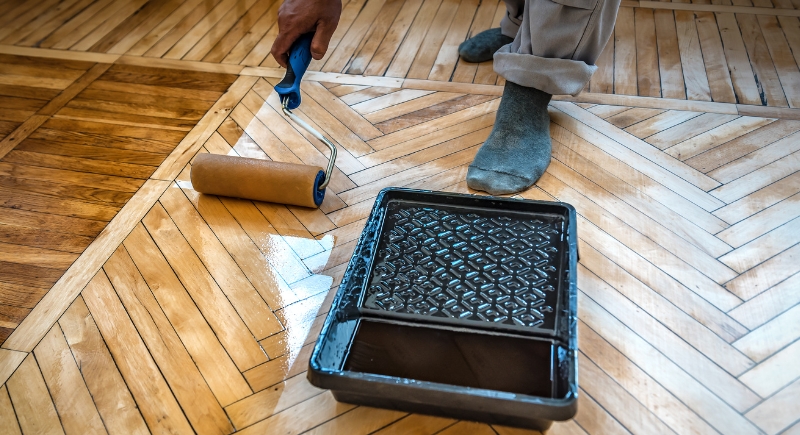
Credit: Canva
Old tables once glowed thanks to a mix of linseed oil, lemon juice, and vinegar. When rubbed into wood with a soft cloth, it wakes up faded finishes and makes grain patterns stand out again. There’s no chemical after-smell, either.
Soda Crystals for Dishes and Floors
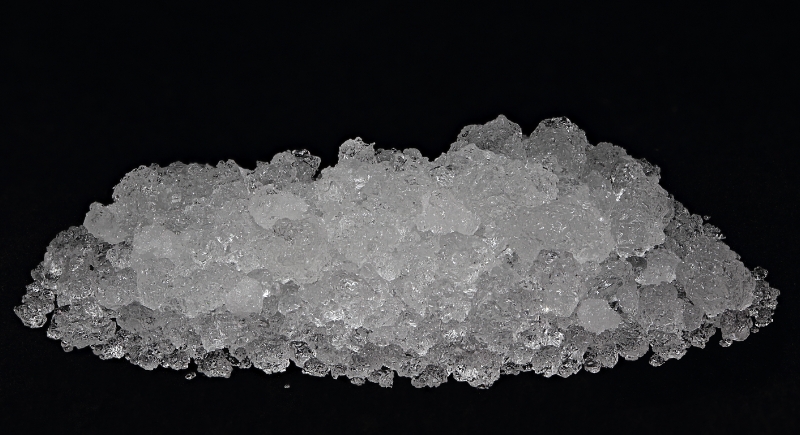
Credit: Wikimedia Commons
Before colorful detergents, soda crystals ruled kitchen sinks and mop buckets. Stir them into warm water and watch grease release from plates or stone tiles. Many households still keep a bag tucked in the pantry for these heavy-duty chores.
Cucumber Skins on Wall Marks

Credit: Getty Images
The inside of a cucumber peel can lift wax crayon marks from painted walls. Lightly rub the skin across the stain until it fades, then wipe with a dry cloth. Cleaning specialists point to this method as a surprising but reliable solution for households with young artists.
Onions Tackling Burnt Grime

Credit: Aflo Images
It sounds unlikely, but half an onion rubbed over a scorched grill grate or oven floor breaks down baked-on residue. The vegetable’s natural acids work steadily while softening spots that usually need intense scrubbing. Cleaning professionals note this trick is safe, low-cost, and avoids harsh industrial-strength sprays.
Potatoes for Rust Removal
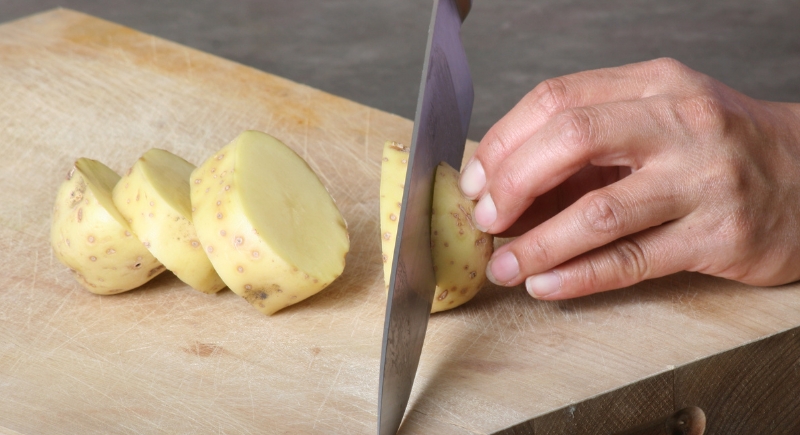
Credit: Getty Images
Oxalic acid in potatoes can dissolve rust when combined with baking soda. Cut the potato, dip it in soda, and work it over a rusted knife or pan edge. Experts explain that this approach gradually loosens the corrosion.
Ketchup to Brighten Metal
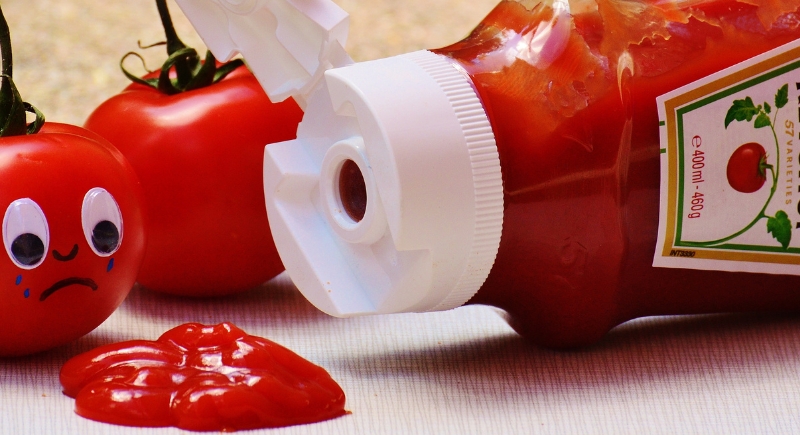
Credit: pixabay
Tomato ketchup’s mild acidity removes tarnish from copper or silver. Spread a thin layer over the affected area, leave for half an hour, then buff. This method remains popular for jewelry or cutlery because it skips abrasive chemicals and uses something already sitting in most refrigerators.
Lemon Halves for Limescale
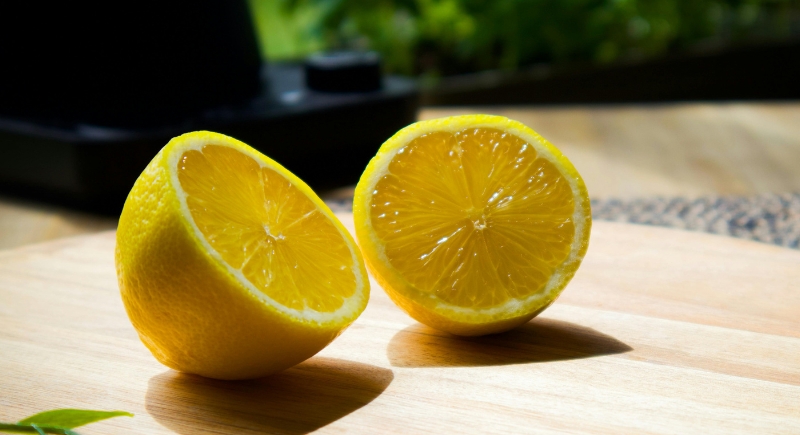
Credit: pexels
Hard water marks on faucets or sinks meet their match with lemon. Pressing a cut lemon against mineral buildup loosens it quickly. It’s a favorite among people who prefer a safe option that won’t discolor or scratch sensitive surfaces in the bathroom or kitchen.
Vinegar Mix for Window Shine
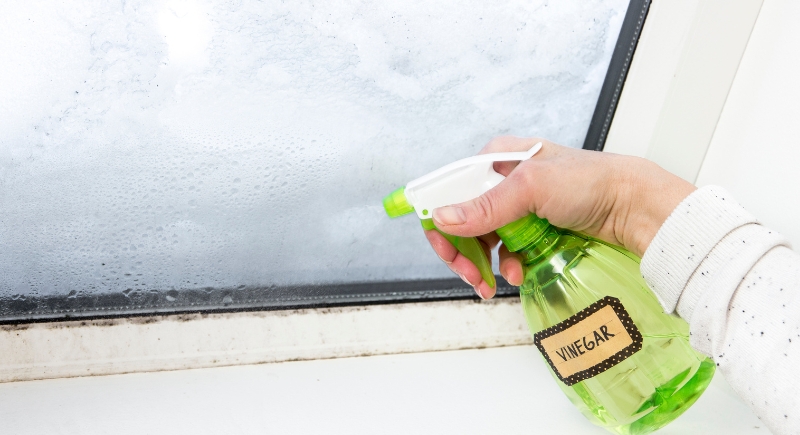
Credit: Africa Images
A blend of white vinegar, cooled boiled water, and a few drops of essential oil works as a streak-free spray. Cleaning experts advise avoiding sunny conditions to prevent quick drying that leaves marks. Apply with a clean cloth or crumpled black-and-white newspaper for the best results.
Baking Soda Paste for Ovens
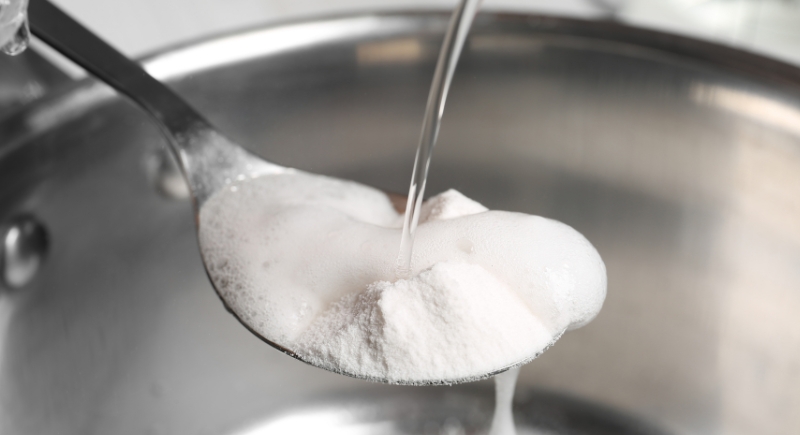
Credit: Africa Images
Greasy oven walls often need hours of soaking with heavy sprays, yet a paste of baking soda and water can do the job better. Spread it thickly, mist occasionally, then scrape after several hours. The softened grime lifts away.
Old Towels Reused as Cleaning Cloths
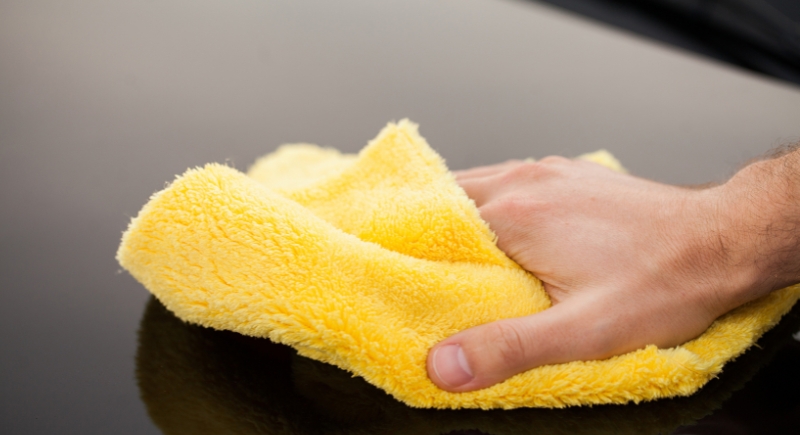
Credit: Canva
Rather than buying disposable wipes, older generations cut worn towels into rags for polishing and wiping. These cloths absorb well, can be laundered repeatedly, and keep extra fabric out of the trash. Many cleaners still swear by this method for economical, steady results.
Coffee Grounds to Absorb Odors
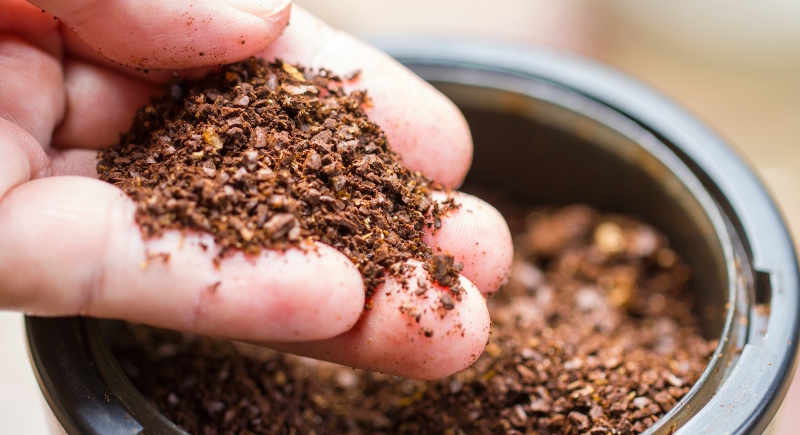
Credit: Getty Images
A bowl of dry coffee grounds left in a fridge or trash bin works wonders on lingering smells. The grounds trap odors. This simple step is still common in households looking to refresh enclosed spaces without buying additional products.
Vinegar on Stained Mugs
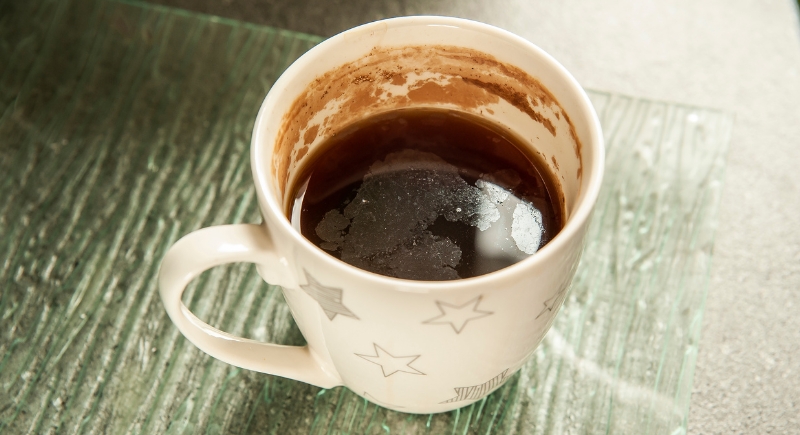
Credit: Getty Images
Tea and coffee rings inside mugs can be scrubbed away with a sponge soaked in plain white vinegar. Let it sit for several minutes before rinsing. This routine keeps your favorite cup looking fresh without buying another specialized cleaner.